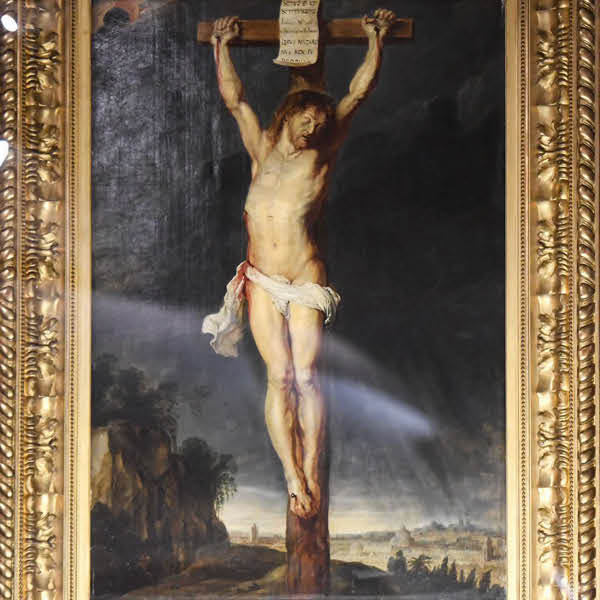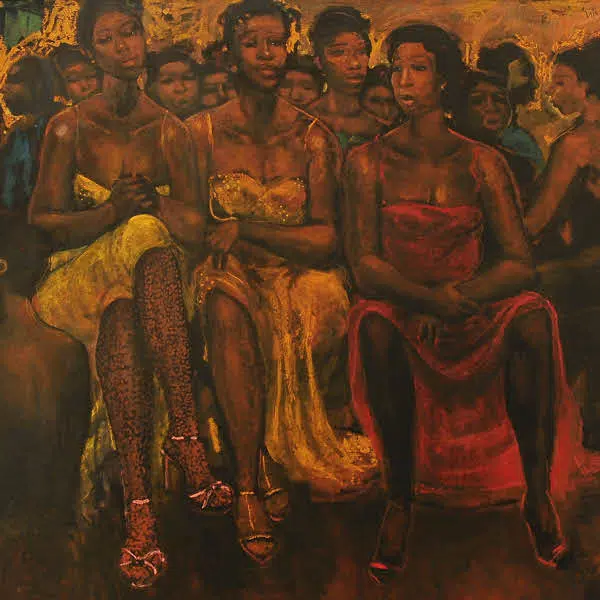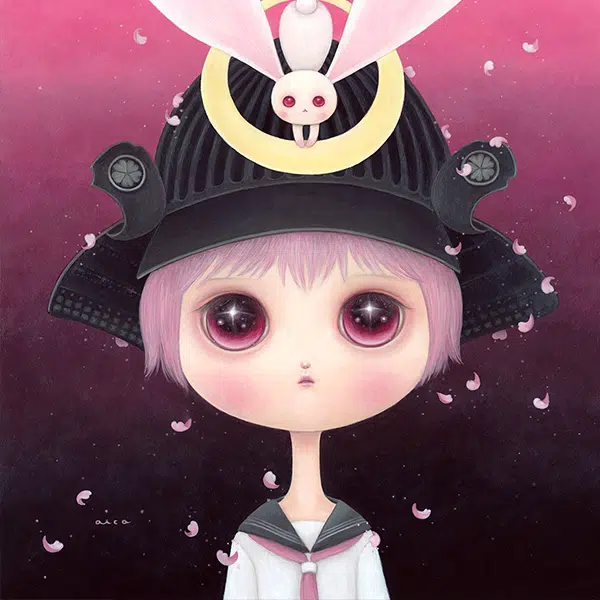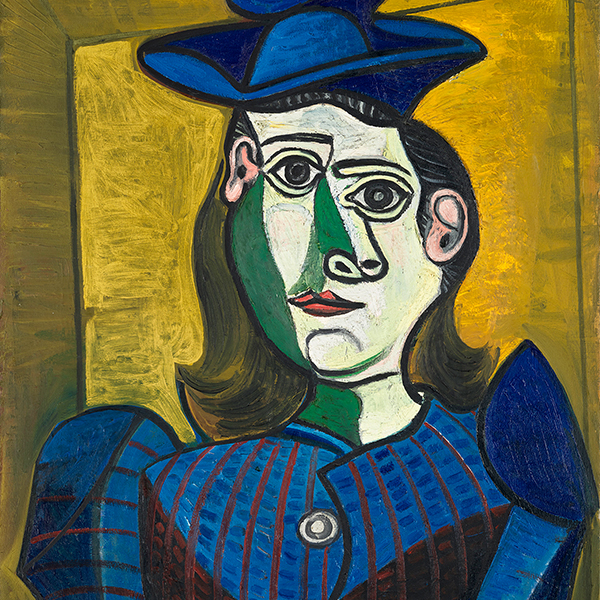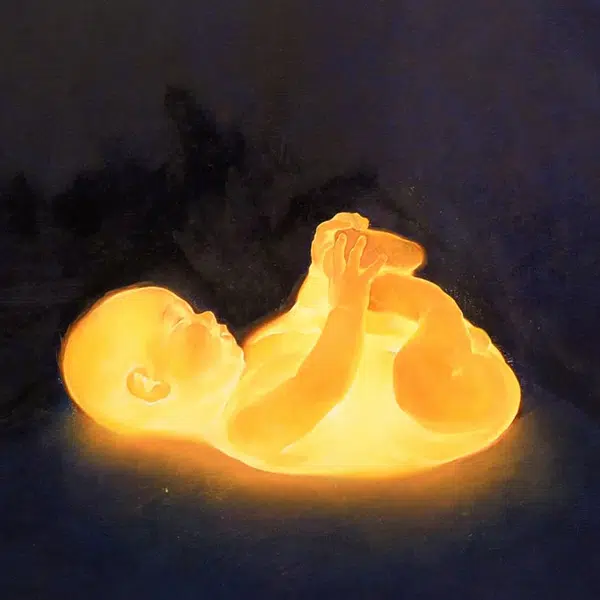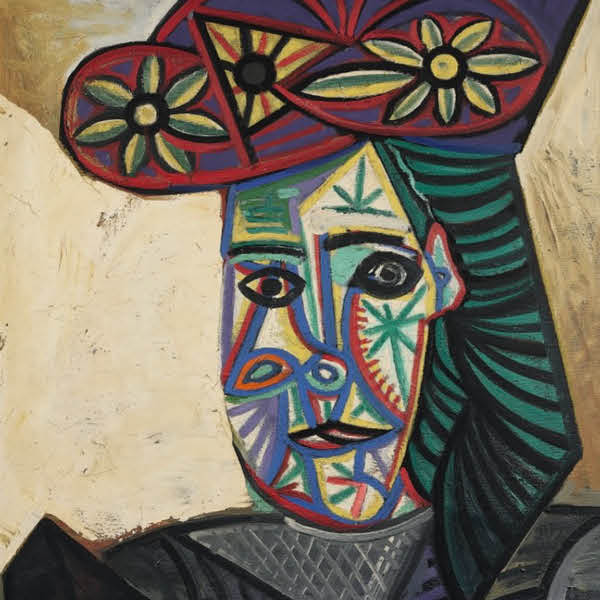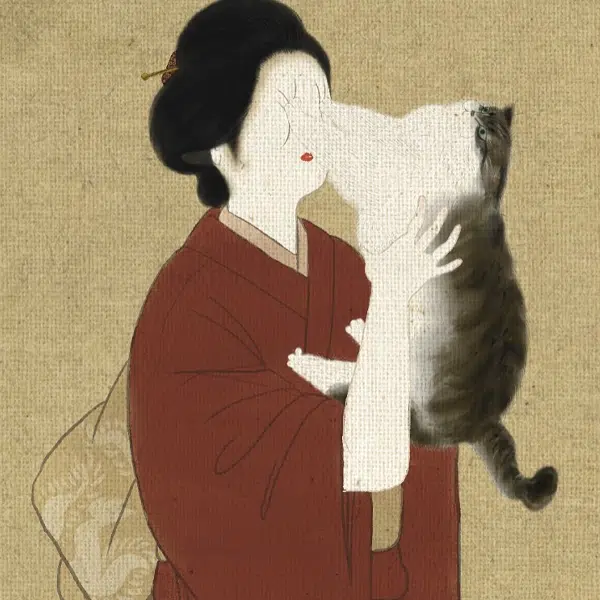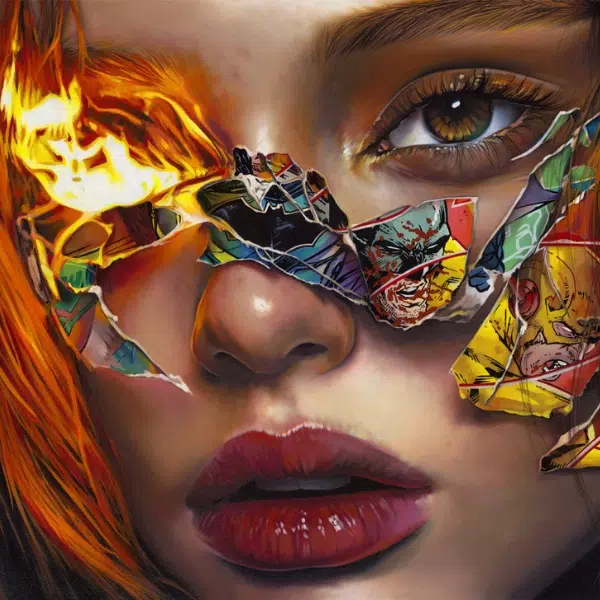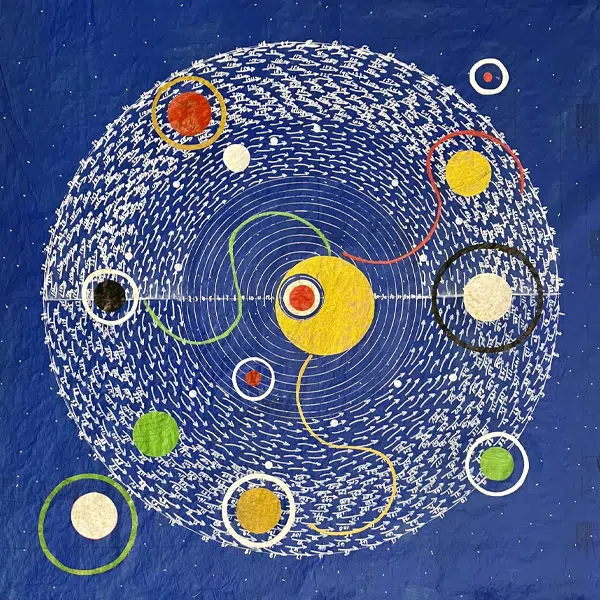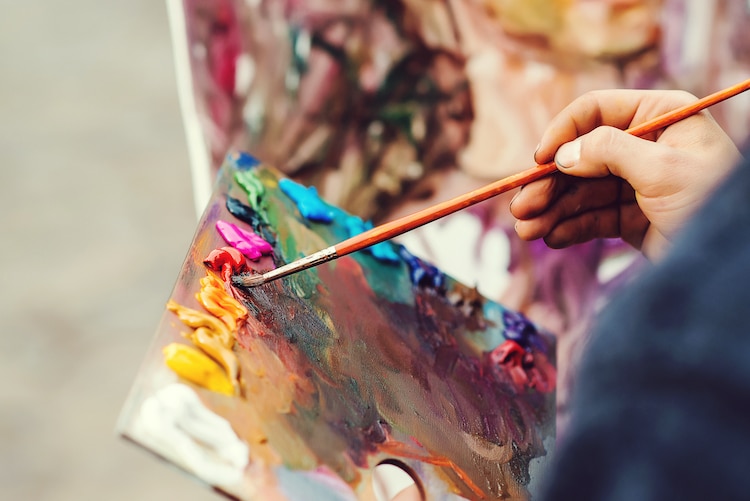
Photo: Stock Photos from Volurol/Shutterstock
Acrylic painting is a lifelong pursuit. Even as you build your skills (and master them), there is always something new to create. Although the possibilities are truly endless, it might not feel like that. Sometimes, you get a creative block. It can seem like you’ll never have a great idea again, but trust us—that’s not true! To help you get back on track, we’ve compiled a list of acrylic painting ideas that take advantage of its unique properties.
Acrylic paints comprise pigment suspended in acrylic polymer emulsion. They can be thinned with water (unlike oil paint, which requires linseed oil or white spirits), are quick to dry, and, best of all, have mediums that can be added to them to give them additional characteristics. Some mediums slow the drying time, add textures, and change the flow of the pigment itself. They are great for both experimenting and giving you flexibility when you paint.
With the unique properties of acrylic paints in mind, the following ideas are great for beginners and professionals alike. Scroll down for our list. And for creative concepts for any type of paint, check out our growing list of 60+ ideas that will inspire you to pick up a brush.
Need recommendations for acrylic paint? Check out our guide of 10 of the best acrylic paint sets that both beginners and professional artists will love.
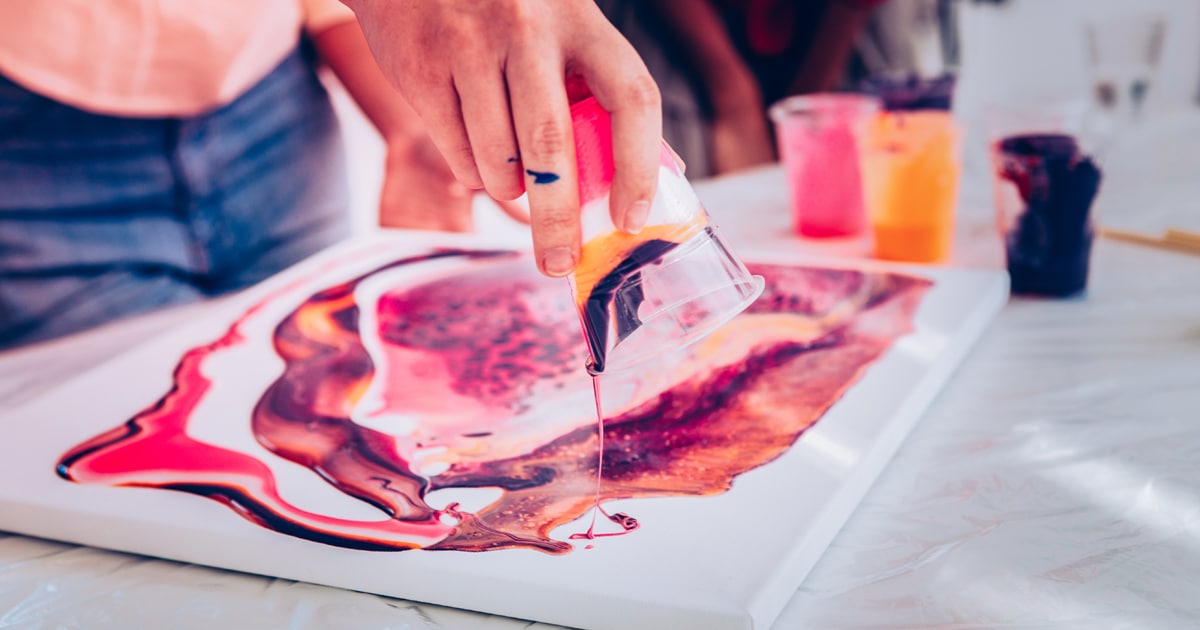
Photo: Stock Photos from Dmytro Zinkevych/Shutterstock
Acrylic Painting Ideas to Try With Mediums
To learn more about acrylic mediums (including our recommendations), read our guide.
Gel Medium
Gel medium is great for increasing fluidity and transparency, and for creating thin, even layers of paint. If you use the “heavy body” gel medium, it will make the paint thicker and the brushstrokes visible.
- Paint a still life and use the glazing technique.
- Gel mediums are great for collage (they act as a glue); try incorporating cut paper into a pet portrait.
- Use a palette knife to create a portrait of someone in a style inspired by the work of Françoise Nielly.
- Take advantage of the increased fluidity (and ability to create thin layers) by painting the plumage of your favorite bird.
- Try using the heavy body gel medium and painting with your fingers—no brushes allowed. Need inspiration? Check out the work of Iris Scott.
- Use the medium to thin the paint like watercolor to paint a beetle with an iridescent shell.
Texture Medium
With texture medium, you can change the composition and experiment with the likes of sand, beads, pumice, and modeling paste.
- Depict a mountainscape.
- Imagine your beach getaway using sand texture medium. Try adding some fluffy clouds!
- Evoke the prickliness of a cactus by painting a collection of your favorite cacti.
- Paint your favorite furry creature. (Real or imagined.)
- Craft a curling ocean wave using modeling paste to convey its white caps.
- Recreate your favorite building using the glass bead gel.
- Use modeling paste to mimic the scaley texture of a reptile.
Flow Medium
This medium changes the consistency of paint and is best for acrylic staining or pouring.
- Splatter on your canvas like Jackson Pollock.
- Pour a variety of colors onto your painting surface to create psychedelic swirls. Be sure that each hue dries before proceeding to the next one.
- Using the flow medium and an airbrush, create a stencil and apply it to a shirt.
- Create a swirling starry sky using brilliant purples, blues, and black. Don’t forget to dot the sky with stars.
- Make an underwater scene with your favorite fish.
- Go abstract and create designs and shapes that focus on bright colors.
Slow Drying Medium
Acrylic paint can dry in just minutes, but not with a slow drying medium; adding it to your pigment will double the time it takes to set.
- Paint florals in a vase inspired by the Dutch artists of the 16th and 17th centuries…
- … or try the swirling patterns found on leaves—like the calathea variety.
- Create an Impressionist-inspired landscape. For an added bonus, head to the place that you are going to paint.
- Paint a collection of glass bottles. Use the extended drying time to manipulate the reflections you see.
- Imagine a rainy cityscape when viewing it from a window (it’ll likely look distorted).
- Copy a masterpiece oil painting that you admire.
Looking for others who love drawing? Join our Art, Design, Photography, and Drawing Club on Facebook!
Related Articles:
What Is the Difference Between Acrylic vs Oil Paint?
30+ Watercolor Painting Ideas for Beginning Artists and Seasoned Professionals
9 of the Best Paint Palettes for Mixing Your Favorite Types of Pigments












































































